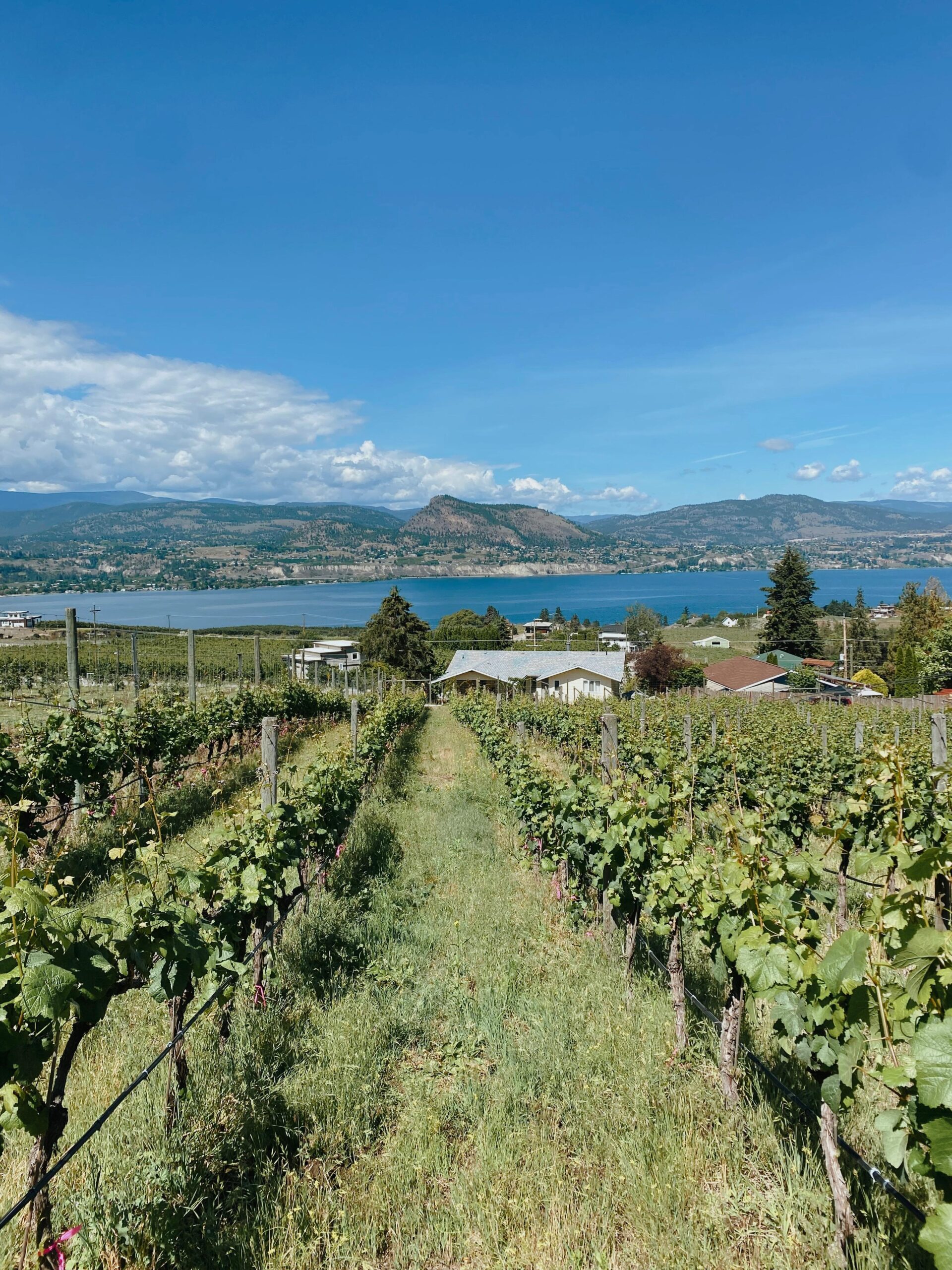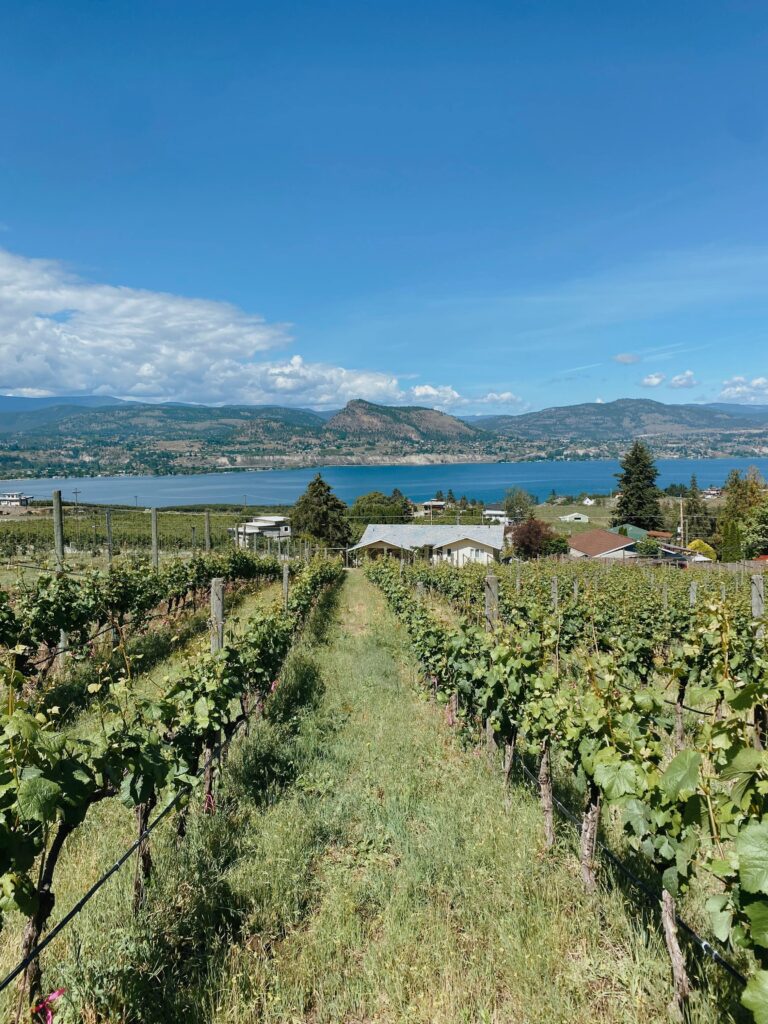
Any stoner knows that the plant has been legalized in Canada. But let’s understand a little
more about this legalization process?
In October 2018, the Canadian government decided to regulate a huge market that grows
every year by deciding that each adult over the age of 18 could grow up to 4 plants.
Although the medicinal use of the plant has been permitted since 2001, when the country
began a program controlled by Health Canada, recreational use was still prohibited by law.
However, everything changed in 2018, making the country the second in the world (only
behind Uruguay) to formally legalize the cultivation, possession, trade and consumption of
cannabis, being the first G7 to accomplish the feat.
The laws determine that anyone who uses cannabis for medicinal purposes, as long as
they have a license to do so, can publicly carry up to 150g, while those who use it only
recreationally can carry up to 30g. Limits on personal stock have been removed, so that,
in their home, a citizen can have as much marijuana as they want.
Furthermore, the famous edibles (foods, sweets and gummies infused with cannabis) were
also allowed – 1 year later – and have become one of Canadians’ favorite forms of
consumption. They are well controlled in general, especially because we know that the
plant, when ingested in this way, has its effects enhanced, and the amount of THC allowed
is limited to 10 milligrams.
Studies show that 44% of Canadians have already admitted to having used the plant at
least once and in 2023 the market was worth more than CA$5 billion, despite the black
market still controlling 40% of all sales in the country. This is because legalization resulted
in high taxes, making the price rise significantly compared to the black market – in
practice, the price practically doubled.
The laws determine that anyone who uses cannabis for medicinal purposes, as long as
they have a license to do so, can publicly carry up to 150g, while those who use it only
recreationally can
On the Canadian government website you can find information about the market, the
effects, dangers and precautions that should be taken, lots of wonderful information about
harm reduction, which is a subject that always comes up here at GirlSeeds, safe ways to
store the plant and even help programs for substance abuse – which is a subject that
should be addressed more, after all, just because cannabis is not physically addictive
doesn’t mean we shouldn’t use it more consciously.
Personally, the market seemed quite commercial to me and there are even franchises of
cannabis stores, as well as flashy facades and clear names indicating the dispensary –
unlike the clubs we see in Spain, for example, where the facades are super discreet and
the names usually don’t indicate the activity. But it’s great to be able to buy and use
cannabis without risk, without having to expose yourself to dangerous situations when
trying to acquire the plant on the black market and without running the risk of unpleasant
situations with the police.

The indigenous people of Canada report that they have been using the plant for many
centuries. Experts believe that they used it for medicinal purposes and also to make
fabrics for clothing.
The hemp industry began in the country around 1800 when seeds were distributed among
farmers with the aim of boosting the industry.
In 1917, a new machine was invented to separate hemp from other materials. But, just a
few years later, cannabis was banned in Canada and in many other countries around the
world – due to the great propaganda demonizing marijuana that lasted for years and was
responsible for much of the prejudice we see about the plant today. .
Today, hemp is primarily grown in the state of Alberta, with over 300 active licenses, and
is treated under the same laws as cannabis, despite coming from hemp.

If you are, like me, a lover of nature and activities that involve nature, Canada is the
perfect place! Full of possibilities for trails, mountains, lakes and forests.
The Canadian Rockies, the highest mountain range in the country, are the perfect place. I
went to Banff, Jasper and Yolo National Parks and they all have so many incredible hikes
and wonderful views to offer.
I stayed in the city of Canmore as a base, sleeping in my minivan, and these were the
trails I liked the most:
Banff area:
Lake Louise
Lake Moraine
Aylmer Lookout
Takkadaw Falls
The valley of the 5 lakes
Bald Hills
Peyto Lake
Galatea Creek to Lilian Lakes
Takakkaw Falls
Bourgeau Lake

Jasper area:
Valley of the 5 lakes
Bald Hills
Athabasca Falls
Moraine Lake
Annette Lake
After almost 3 weeks in the area, I went down to the Okanagan Valley, where all the
vineyards and fruit plantations in the country are located, where I worked on the fruit
farms and met many young stoners from different parts of the world! I recommend
visiting Naramata, doing the trail… in Kelowna and visiting Osoyoos, almost on the border
with the USA (but don’t forget to smoke all your stash before crossing the border).

Girls Seeds declara expresamente que no desea inducir a nadie a actuar en conflicto con la ley. Todas las personas que compren semillas de cannabis son responsables de sus acciones y futuras acciones. Girls Seeds no aceptará ninguna responsabilidad a este respecto. Toda la información en el sitio web es únicamente para fines educativos y no está destinada a condonar, promover o incitar el cultivo de sustancias ilegales y/o controladas.